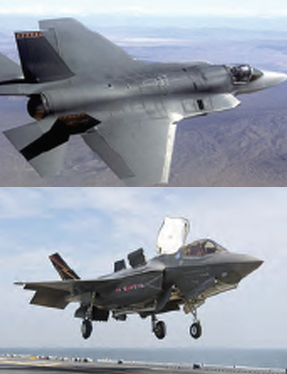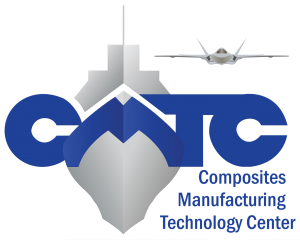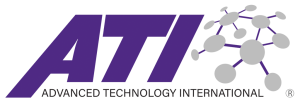
Overview
Project Number: A2583
Project Technology: Smart Processing Manufacturing Technology
TOTAL MANTECH INVESTMENT: $2,900,000
Objective
Fighter jet wing and nacelle skins are complex layups produced from carbon bismaleimide prepreg material using the fiber placement process. Highly tailored layups resulting in numerous steep contour changes have resulted in a defect condition called Out of Contour Waviness (OCW). OCW results in costly Material Review Board (MRB) activity and significant effort has gone into determining the root cause of OCW without success. To date, no root cause of OCW has been determined. This Composites Manufacturing Technology Center (CMTC) project will collect the thousands of data points available from each part fabrication and apply pattern recognition and Bayesian methods to identify and understand the variables that effect OCW. Variables identified from this early analysis will then be used to develop a design of experiment (DOE) in which numerous panels will be fabricated and inspected for OCW. Data gathered from this first DOE will then be used to shape a follow-on DOE if it is deemed necessary.
Payoff
The payoff will be identification of variables that contribute to OCW in wing skins and nacelles. If the identification of variables is successful and OCW can be eliminated without impact to production costs, the cost savings for the F-35 Joint Strike Fighter (JSF) program could be as high as $24M. The cost savings is a combination of reduced MRB activity and the elimination of costly steps taken to mitigate the number of OCW occurrences on current production parts.
Implementation
The implementation of the OCW solution on existing parts could take one of several different paths depending upon the root cause of OCW. One of the easier paths to transition would consist of the identification of a series of process variables that needed to be controlled more tightly but within the current process specification. The level of approval required for this type of change would be minimal though the cost to implement would be highly dependent upon the identified variables. One of the more difficult transition paths would consist of specific design features contributing to OCW. The cost of making design changes in a mature product would most likely outweigh the benefits from the elimination of OCW. Future programs in the design change would still benefit from the results of this project. The implementation is targeted for LRIP 10 in.
*Prepared under ONR Contract xxxxxx-xx-x-xxxx as part of the Navy ManTech Program.
*DISTRIBUTION STATEMENT A. Approved for public release: distribution unlimited. DCN# xxxx-xxx-xx

